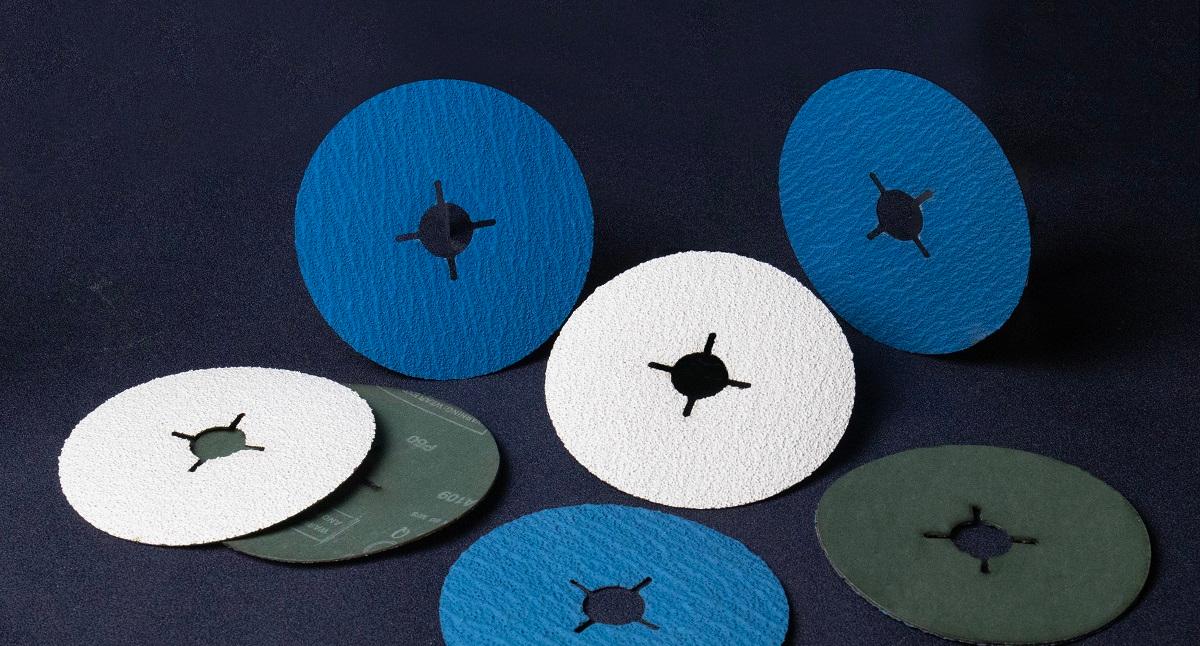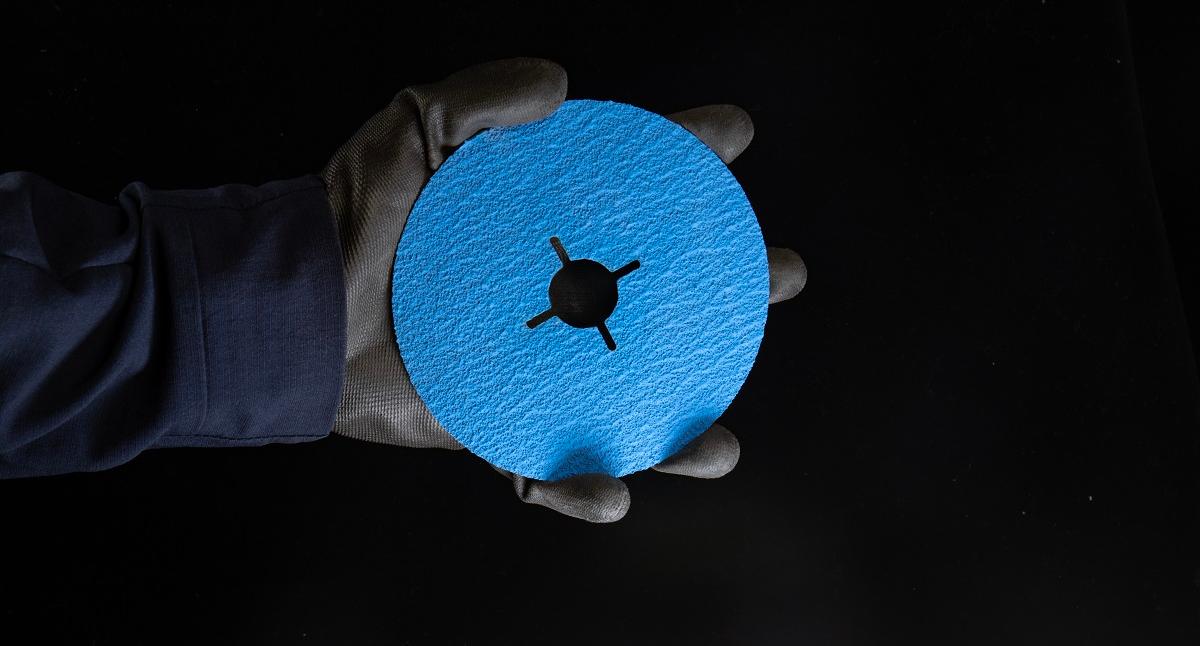Using fibre discs on an angle grinder is one of the most effective ways to achieve smooth finishes or remove material quickly. These versatile tools can grind, polish, and smooth a variety of surfaces, including metal, wood, and plastic. Properly using a fibre disc on an angle grinder requires understanding the tools, techniques, and safety precautions involved. This guide will provide a comprehensive walkthrough to help you grind efficiently and safely.
What Are Fibre Discs?
Fibre discs are abrasive discs made of a tough backing material, usually vulcanized fibre, coated with abrasive grains like aluminum oxide, zirconia, or ceramic. These discs are designed for heavy-duty tasks, such as metal deburring, weld grinding, and surface preparation.
Key Features of Fibre Discs
- Versatile Abrasives: Available in a variety of grain types for different applications.
- Durable Backing: Vulcanized fibre backing provides rigidity and flexibility.
- Wide Grit Range: Grit sizes range from coarse (24) for aggressive grinding to fine (120 or higher) for finishing work.
Applications
- Metalworking: Removing welds, rust, or paint.
- Woodworking: Smoothing rough surfaces or edges.
- Automotive Repairs: Removing old paint or preparing surfaces for refinishing.
Why Use Fibre Discs on Angle Grinders?
Angle grinders are powerful, handheld tools that can spin fibre discs at high speeds, allowing for efficient material removal. The combination of fibre discs and angle grinders provides precision and versatility for tasks like:
- Removing excess weld material.
- Smoothing sharp edges.
- Preparing metal for painting or coating.
Advantages of Fibre Discs
- High Material Removal Rate: Ideal for heavy-duty tasks.
- Improved Finish Quality: Leaves a smoother surface compared to grinding wheels.
- Cost-Effective: Long-lasting and affordable compared to other grinding methods.
Step-by-Step Guide to Grinding with a Fibre Disc
1. Selecting the Right Fibre Disc
Choosing the correct fibre disc is crucial for achieving the desired results. Consider the following:
- Material Type: Use zirconia for steel, ceramic for stainless steel, and aluminum oxide for softer metals.
- Grit Size: Coarser grits (24-36) for material removal; finer grits (80-120) for finishing.
- Disc Size: Match the disc diameter to your angle grinder. Common sizes include 115mm, 125mm, and 180mm.
2. Preparing the Angle Grinder
Ensure your angle grinder is compatible with fibre discs and properly set up:
- Mount the Backing Pad: A backing pad is required to provide support and maintain the disc’s shape.
- Check Speed Ratings: The grinder’s RPM should not exceed the fibre disc’s maximum speed rating.
- Inspect the Tool: Check for loose parts or damage before use.
3. Safety Precautions
Grinding with fibre discs involves risks such as flying debris and sparks. Follow these safety measures:
- Wear Personal Protective Equipment (PPE):
- Safety goggles or a face shield to protect your eyes and face.
- Gloves to protect your hands from abrasives and heat.
- Hearing protection, as angle grinders can be noisy.
- Dust mask or respirator for grinding dust.
- Secure the Workpiece: Use a vise or clamps to keep the material steady.
- Work in a Safe Environment: Ensure the area is free of flammable materials and has good ventilation.
4. Attaching the Fibre Disc
Proper installation of the fibre disc is essential for effective grinding:
- Place the backing pad on the grinder’s spindle.
- Align the fibre disc on the backing pad.
- Tighten the locking nut securely, ensuring the disc is centered.
5. Grinding Technique
Using the correct technique ensures efficiency and safety:
- Start the Grinder: Hold the tool firmly and let it reach full speed before contacting the surface.
- Angle the Disc: Hold the grinder at a 10°-15° angle to the workpiece for optimal cutting and control.
- Apply Consistent Pressure: Avoid pressing too hard, as it can overheat the disc and damage the material.
- Move Smoothly: Use steady, overlapping strokes for uniform results.
6. Managing Heat and Disc Wear
Excessive heat can cause the fibre disc to wear out prematurely or scorch the workpiece:
- Take breaks to let the disc cool down during prolonged use.
- Avoid grinding in one spot for too long to distribute heat evenly.
Common Mistakes to Avoid
1. Using the Wrong Disc
Ensure the fibre disc is compatible with the material and task. Using an inappropriate disc can lead to inefficient grinding or damage.
2. Skipping Safety Measures
Neglecting PPE or proper workspace setup increases the risk of injuries.
3. Incorrect Grinder Handling
Holding the grinder at the wrong angle or applying too much force can reduce the lifespan of the disc and result in uneven grinding.
4. Overlooking Maintenance
Regularly check the condition of the grinder, backing pad, and discs to maintain optimal performance.
Tips for Efficient Grinding
1. Optimize Grit Progression
Start with a coarse grit to remove material quickly, then switch to finer grits for finishing.
2. Maintain a Clean Disc
Clogged discs reduce grinding efficiency. Clean the disc regularly or replace it if necessary.
3. Use Quality Products
Invest in high-quality fibre discs and backing pads to ensure durability and performance.
4. Control Heat Build-Up
Cool the workpiece by grinding in short intervals and allowing it to cool naturally.
Fibre Disc Maintenance and Storage
To extend the life of your fibre discs:
- Store them in a cool, dry place to prevent moisture damage.
- Avoid bending or folding the discs, as this can compromise their structural integrity.
- Inspect discs for cracks or wear before use.
Conclusion
Grinding with a fibre disc on an angle grinder is an efficient way to achieve professional results in various applications. By selecting the right tools, following safety precautions, and employing proper techniques, you can make the most of this versatile abrasive tool. Whether you’re a DIY enthusiast or a professional fabricator, mastering fibre disc grinding can save time and improve the quality of your work.


